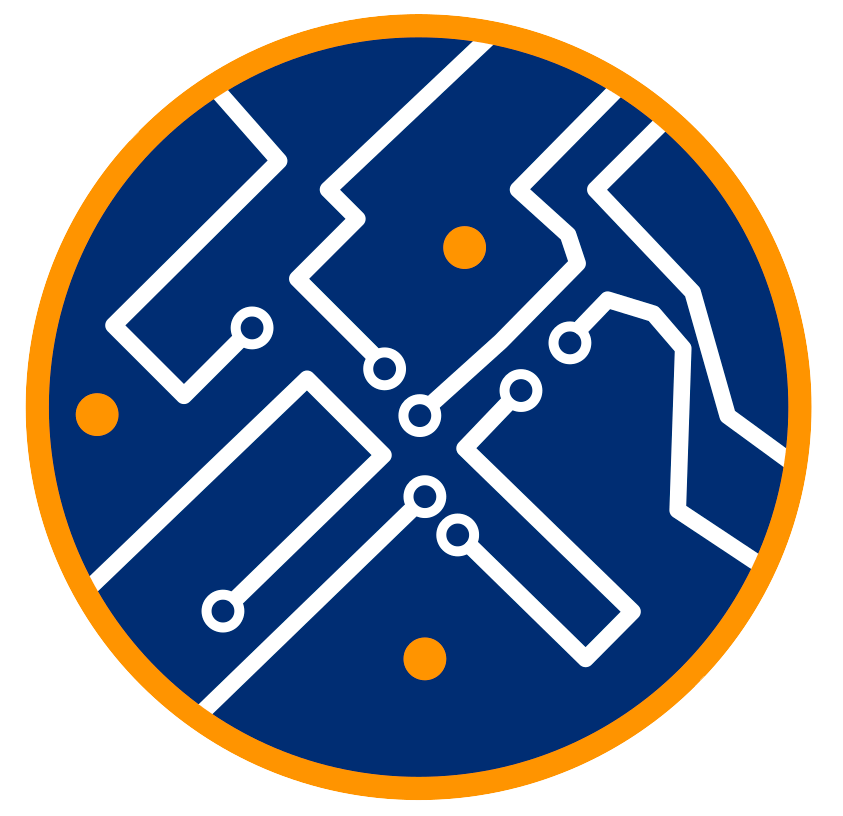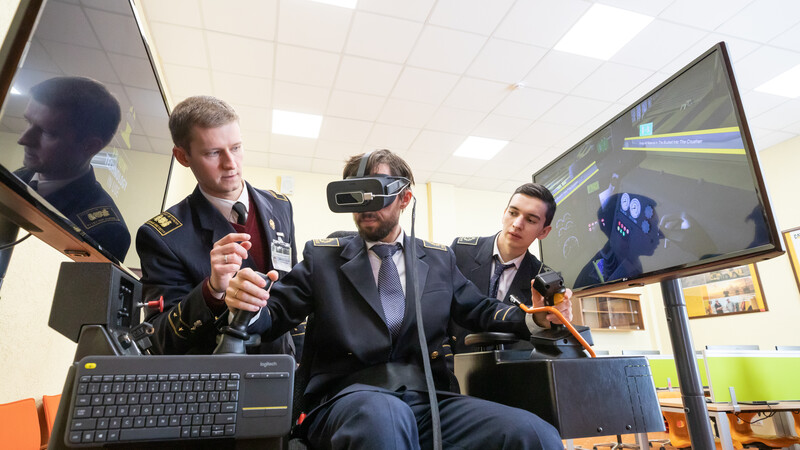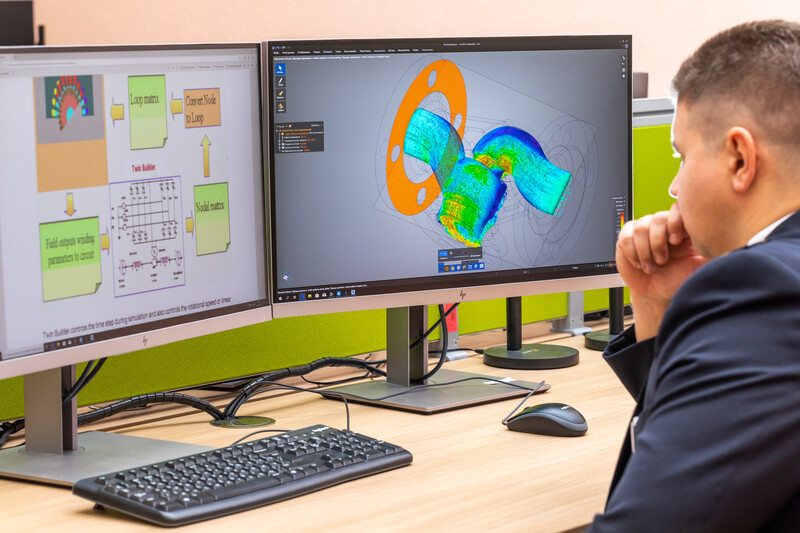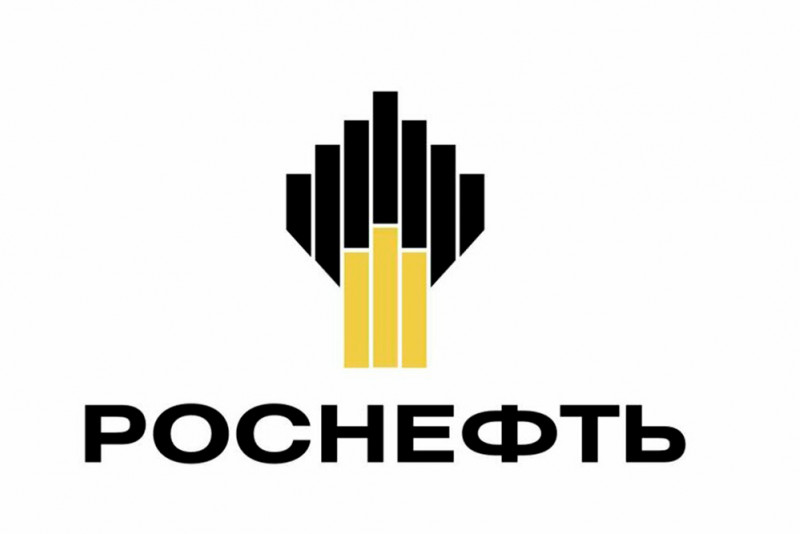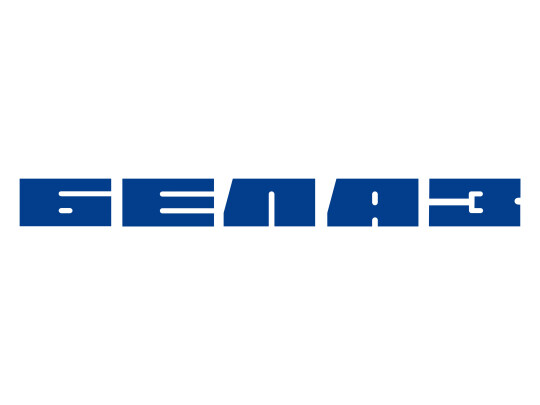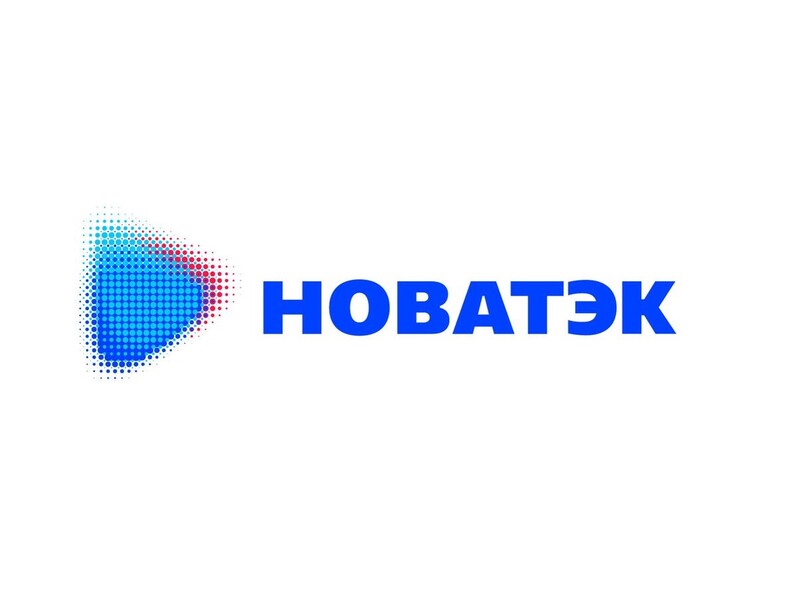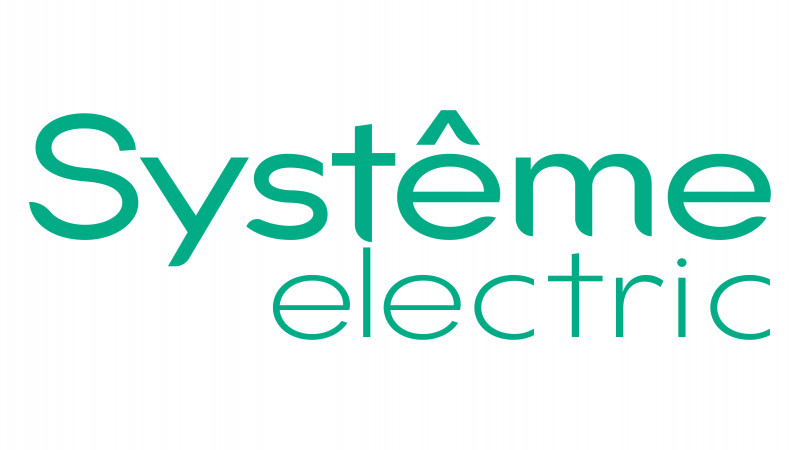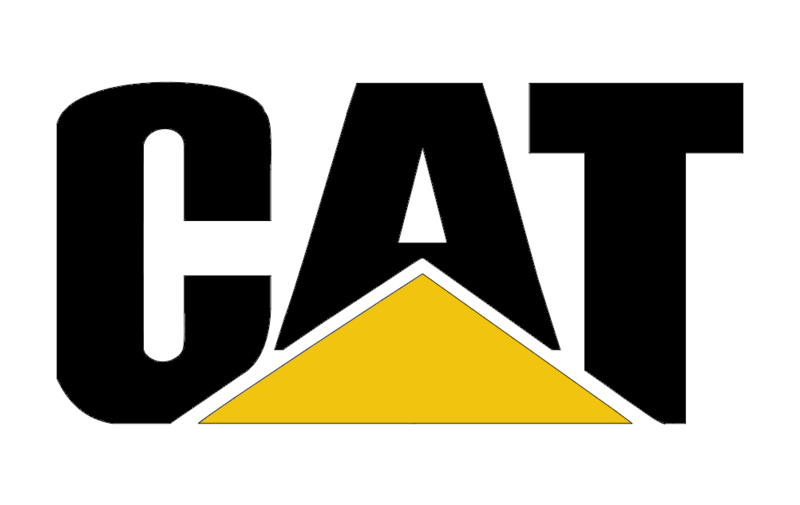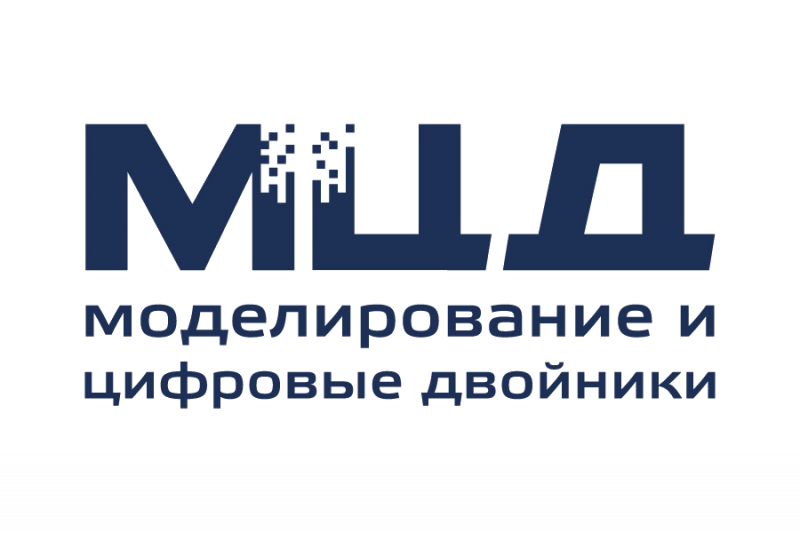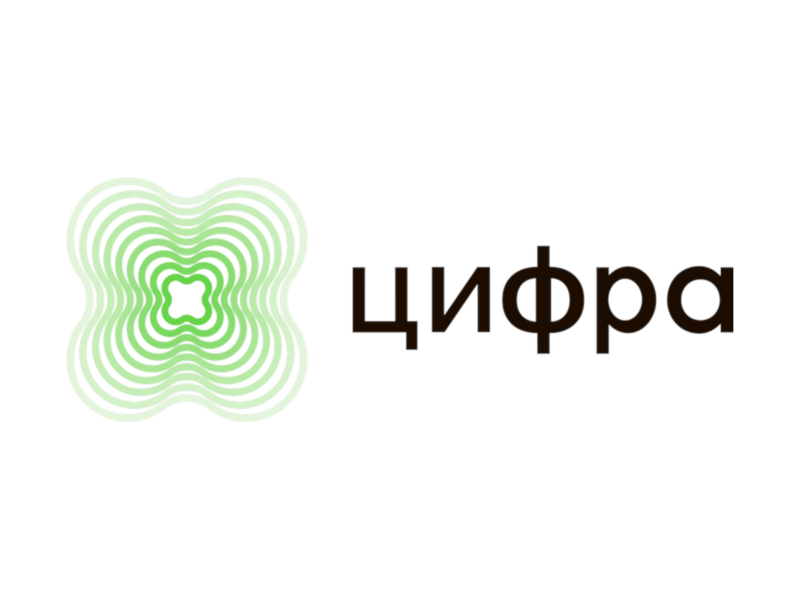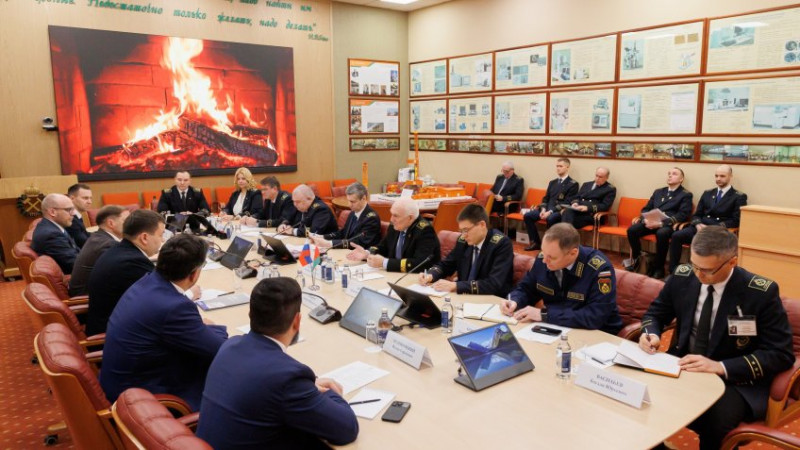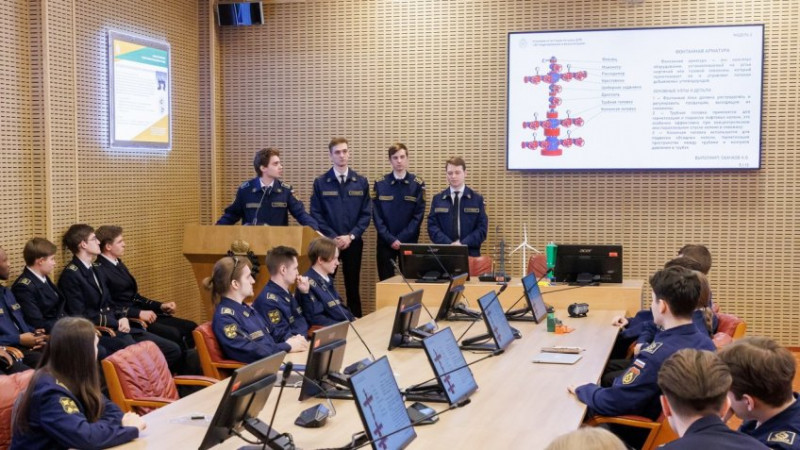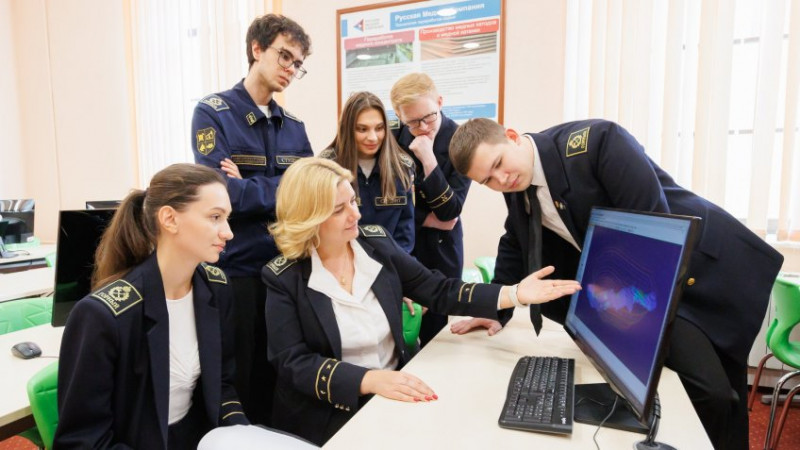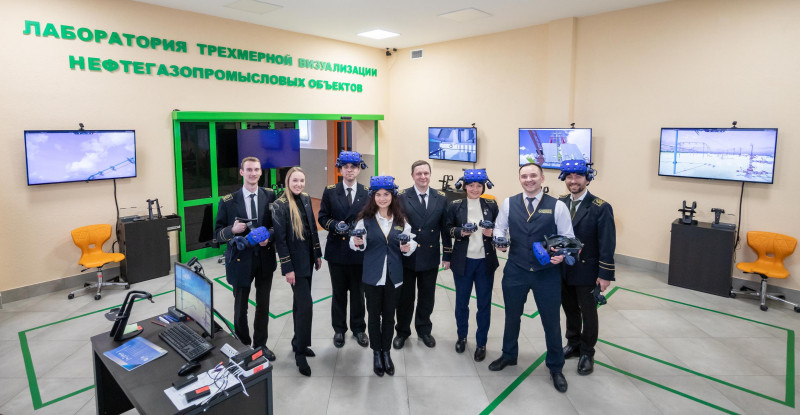
Cкорость научно-технологического прогресса и исчезновение определенных видов деятельности, связанное с проникновением автоматизации во все сферы производственных и управленческих процессов, являются факторами возможного роста для предприятий будущего. Цифровая интеграция, объединяющая научные направления, кадры, процессы, пользователей и данные, будет создавать условия для научно-технических достижений и прорывов, обеспечивая научно-экономические сдвиги в смежных отраслях и, прежде всего, на глобальном минерально-сырьевом рынке. В этой связи с целью обучения, исследований и разработок в области цифровых технологий для предприятий минерально-сырьевого и топливно-энергетического комплексов в Горном университете реализуется деятельность Кафедры прикладных компетенций в области цифровых технологий.
Подробнее о задачах

Направления научных исследований

Исследование эффективного развития и функционирования энергетических систем на новой технологической основе, принципах энергосбережения, современной электротехнике, ВИЭ

Теория и методология информационного обеспечения объектов недропользования

Создание системы непрерывного обучения и повышения квалификации, направленной на формирование профессиональных цифровых компетенций специалистов, необходимых для обеспечения инновационного развития ТЭК и МСК

Энергосбережение и повышение энергетической эффективности

Переход к передовым цифровым, интеллектуальным производственным технологиям, роботизированным системам на предприятиях МСК и ТЭК
Данное направление предполагает рассмотрение интеллектуальных технологий управления электроэнергетическими системами, включая передачу электрической энергии, управление спросом на электрическую энергию, цифровые двойники объектов электроэнергетики, цифровые информационные модели электротехнических систем.
Читать далее
Лаборатория
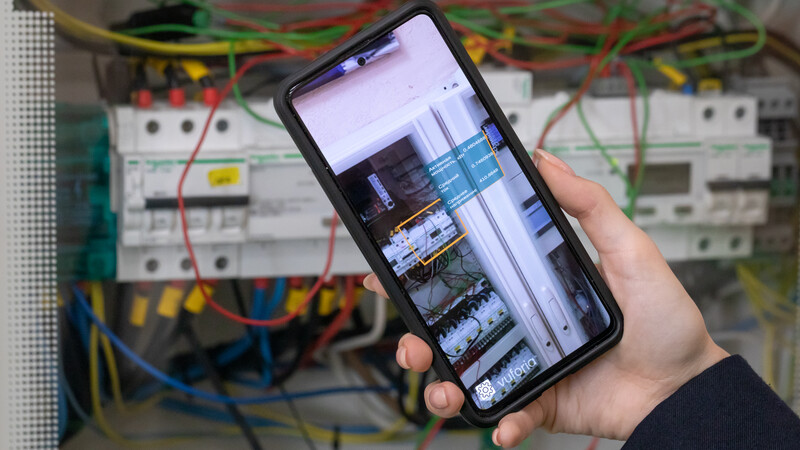

В рамках данного направления ведется разработка новых методов мониторинга и управления на основе цифровых и информационных технологий, создание информационных систем для решения задач горной отрасли.
Читать далее
Лаборатория


Данное направление нацелено на развитие и популяризацию инженерного образования, повышение цифровых компетенций сотрудников и обучающихся, а также реализацию программ дополнительного профессионального образования для представителей компаний ТЭК и МСК.
Читать далее
Лаборатория
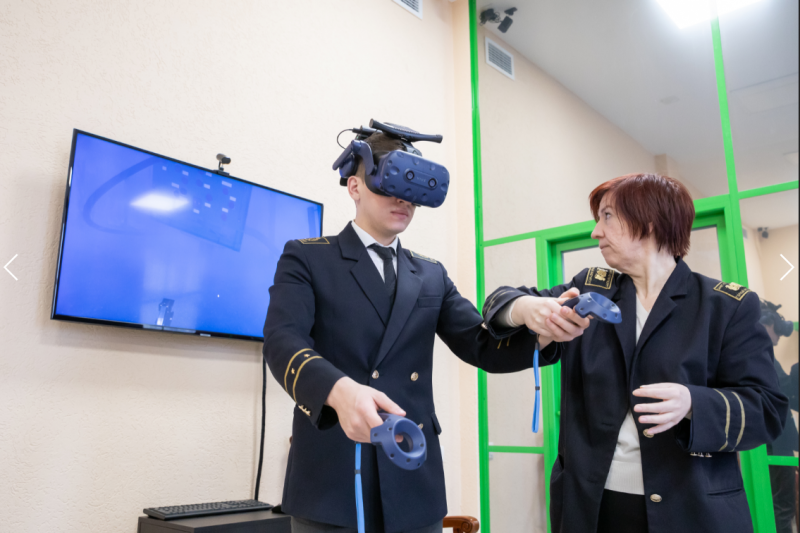

Данное направление предполагает исследование и обоснование комплексных показателей эффективности генерации, транспорта и потребления энергии при снабжении от традиционных и возобновляемых источников энергии с учетом влияния глобальных вызовов и вариации внешних факторов.
Читать далее
Лаборатория
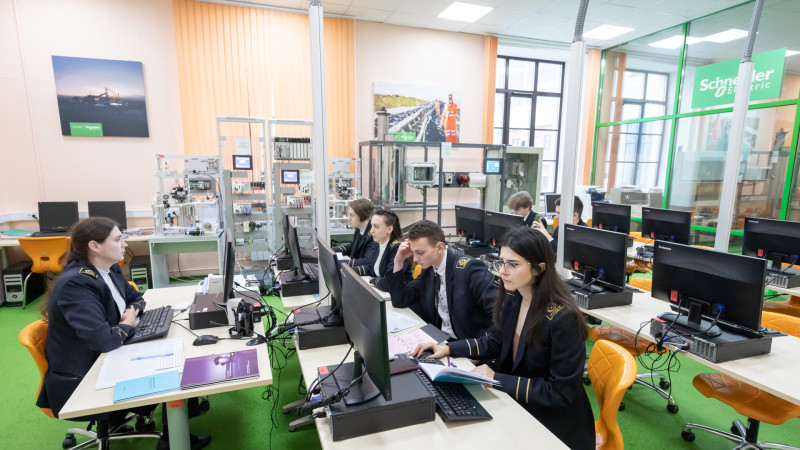

В рамках данного направления проводятся исследования, направленные на повышение эффективности оборудования и технологических процессов добычи, переработки и транспортировки полезных ископаемых.
Читать далее
Лаборатория
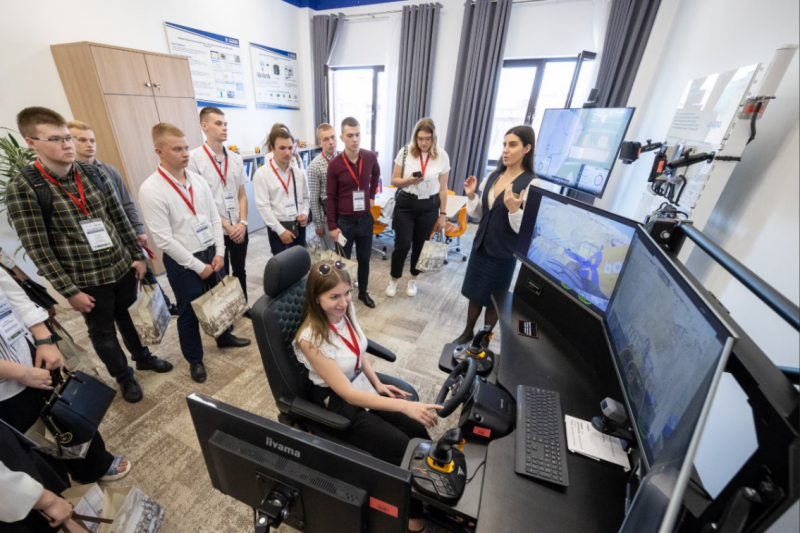

Проекты
Научные публикации
Augmented reality system and maintenance of electromechanical equipment in industrial production
Дата публикации: 2019-01-01
Журнал: Youth Technical Sessions Proceedings- Proceedings of the 6th Youth Forum of the World Petroleum Council- Future Leaders Forum, 2019
Авторы: Koteleva, N, Bekenev, K, Valnev, V.
The oil&gas enterprises have their own safety concerns list. Poor maintenance of equipment is one of the top safety concerns for many enterprises. There are a lot of methods of increasing of safety, but its shouldn’t be used alone. A complex approach and addition the modern technologies in safety ensuring make possible not only increase the quality but increase the efficiently of production. There are a lot of kinds of quality improving of maintenance of electromechanical equipment, one of them are the augmented reality system. This is a new technology and there are no methods and effective estimation for developing and using this technology in industrial production. Developing the special unified modules of augmented reality for maintenance of electromechanical equipment is the actual task. The aim of this research-to identify possible uses, to estimate the effectiveness in ensuring the safety of production and to develop a way of integrating into typical process control systems of the augmented reality system for maintenance of electromechanical equipment.

Identification of the technical condition of induction motor groups by the total energy flow
Ключевые слова:Classification algorithm | Current harmonic distortion factor | Induction electric motor | Simulation model | The coefficient of electromagnetic momentum ripple
Дата публикации: 2021-10-01
Журнал: Energies
Авторы: Koteleva, N.I, Korolev, N.A, Zhukovskiy, Y.L.
ISSN:19961073
Q2
(Scimago)
The paper discusses the method of identifying the technical condition of induction motors by classifying the energy data coming from the main common power bus. The work shows the simulation results of induction motor operation. The correlation between occurring defects and current diagrams is presented. The developed simulation model is demonstrated. The general algorithm for conducting experiments is described. Five different experiments to develop an algorithm for the classification are conducted: determination of the motors number in operation with different power; determination of the motors number in operation with equal power; determination of the mode and load of induction electric motor; determination of the fault and its magnitude with regard to operation and load of induction motor; determination of the fault and its magnitude with regard to operation and load of induction motor with regard to non-linear load in the flow. The article also presents an algorithm for preprocessing data to solve the classification problem. In addition, the classification results are shown and recommendations for testing and using the classification algorithm on a real object are made.
Selecting technically justified operating modes of “ural” combines on the basis of an evaluation of their driver load under real operating conditions
Ключевые слова:Automatic control methods | Executive body | Rational mode parameters | Tunneling&cleaning combine
Дата публикации: 2019-01-01
Журнал: Innovation-Based Development of the Mineral Resources Sector: Challenges and Prospects - 11th conference of the Russian-German Raw Materials, 2018
Авторы: Lavrenko, S.A, Shishljannikov, D.I, Trifanov, M.G.
Аннотация
The article covers the issues of increasing the efficiency of tunneling&cleaning combines “Ural”, widely applied at domestic potash mines. It is pointed out that it is possible to provide rational parameters of the process of destroying potash arrays with cutting tools of the executive bodies of mining combines. This assumption is based on the assessment of the drivers load which will reduce the specific energy consumption for ore extraction and will reduce the number of small unenriched classes in breakage products. The authors substantiate rational regime parameters of the operation of the planetary-disk executive bodies in the Ural combines. A method for automatic control of the tunnel&cleaning combine “Ural” is proposed, which ensures the implementation of the process of destruction of the potash massif with rational cutting parameters on the basis of information on the drivers load.
Отзывы партнёров
"Together with the Educational Center of Digital Technologies at St. Petersburg Mining University, we have been collaborating for several years to shape fundamental and applied challenges and ideas for the digitalisation of the mining industry."
"We are very glad to be part of the process that the Educational Center of Digital Technologies at St. Petersburg Mining University is engaged in. We are confident that this centre can become an assembly point for all those new solutions that will bring the mining industry to a new level."
The Committee for the Fuel and Energy Complex of the Leningrad Region expresses its gratitude to you for your support in holding the Festival and organising an informative exposition of the enterprise aimed at attracting the young generation to the fuel and energy complex profession.
Thanks to your efforts, we will be able to further educate young people full of strength and aspirations for knowledge and creativity in the field of energy saving.
We hope for further fruitful co-operation in the field of energy saving.
Thanks to your efforts, we will be able to further educate young people full of strength and aspirations for knowledge and creativity in the field of energy saving.
We hope for further fruitful co-operation in the field of energy saving.
On behalf of the Ministry of Energy of Russia, we would like to express our gratitude to the WeWatt team of young researchers for the great and necessary work for the industry, done under your leadership on a proactive and pro bono basis.
The results of this study will serve as a basis for further work in this area and will be useful to coal companies in carrying out digital transformation of production facilities, contributing to the effective and successful achievement of the goal.
The results of this study will serve as a basis for further work in this area and will be useful to coal companies in carrying out digital transformation of production facilities, contributing to the effective and successful achievement of the goal.
Institute for Problems of Integrated Subsoil Development, Dmitry Klebanov
Leonid Zhukov, Director of SITECH Division of Zeppelin Rusland Ltd.
Committee for Fuel and Energy Complex, Chairman of the Committee Y.V. Andreev
Ministry of Energy of the Russian Federation
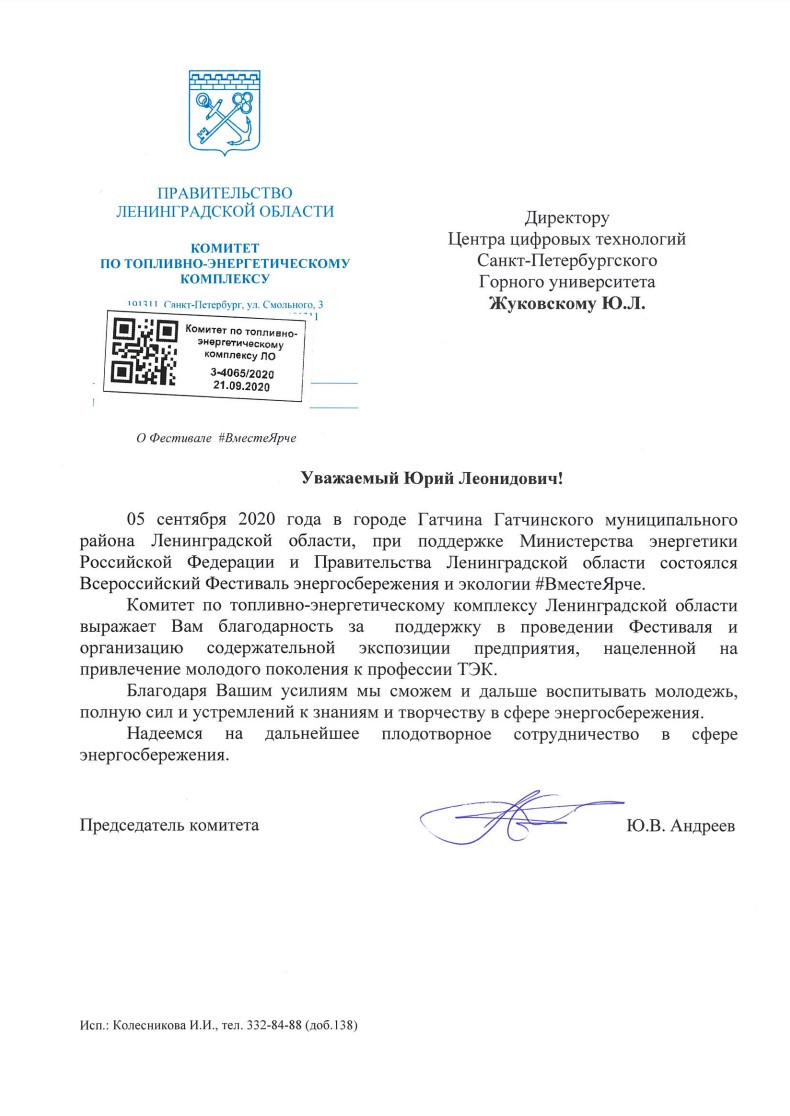
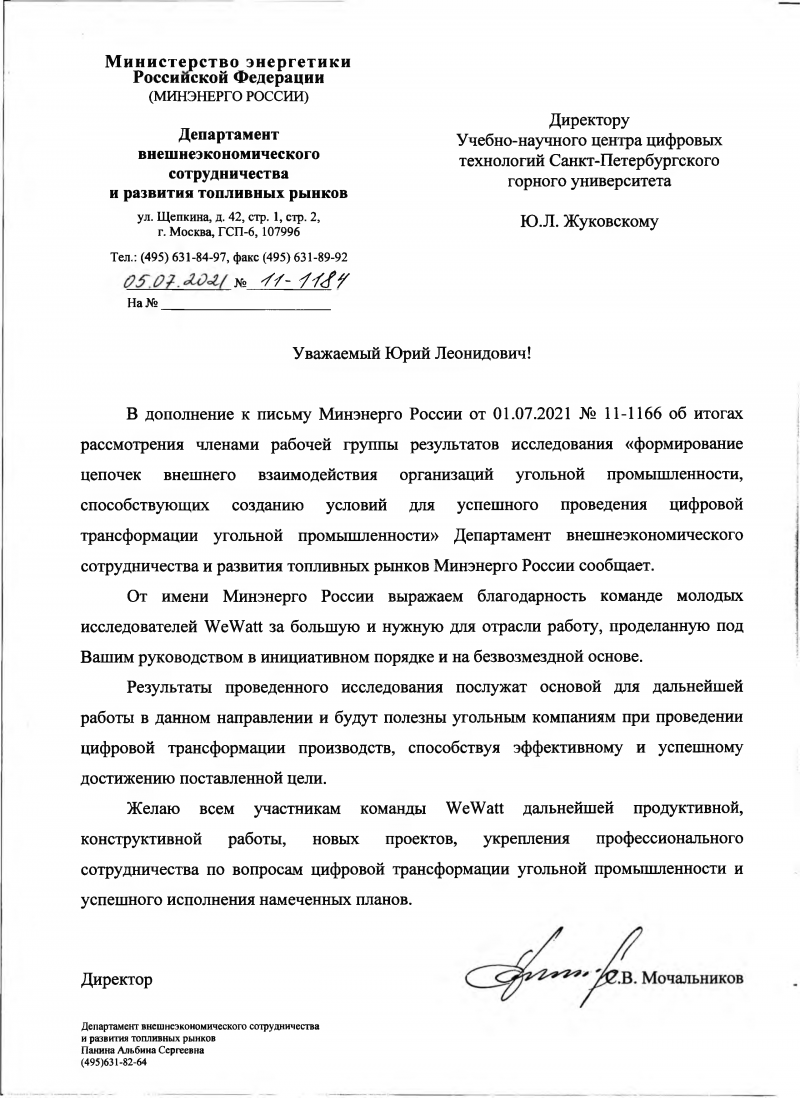

Кафедра в лицах

Сержан Сергей Леонидович
доцент, руководитель направления горно-транспортных систем
к.т.н.
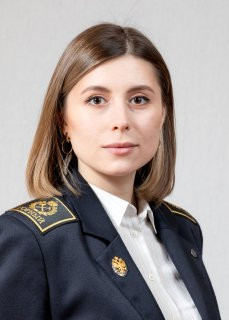
Булдыско Александра Дмитриевна
ассистент
к.т.н.
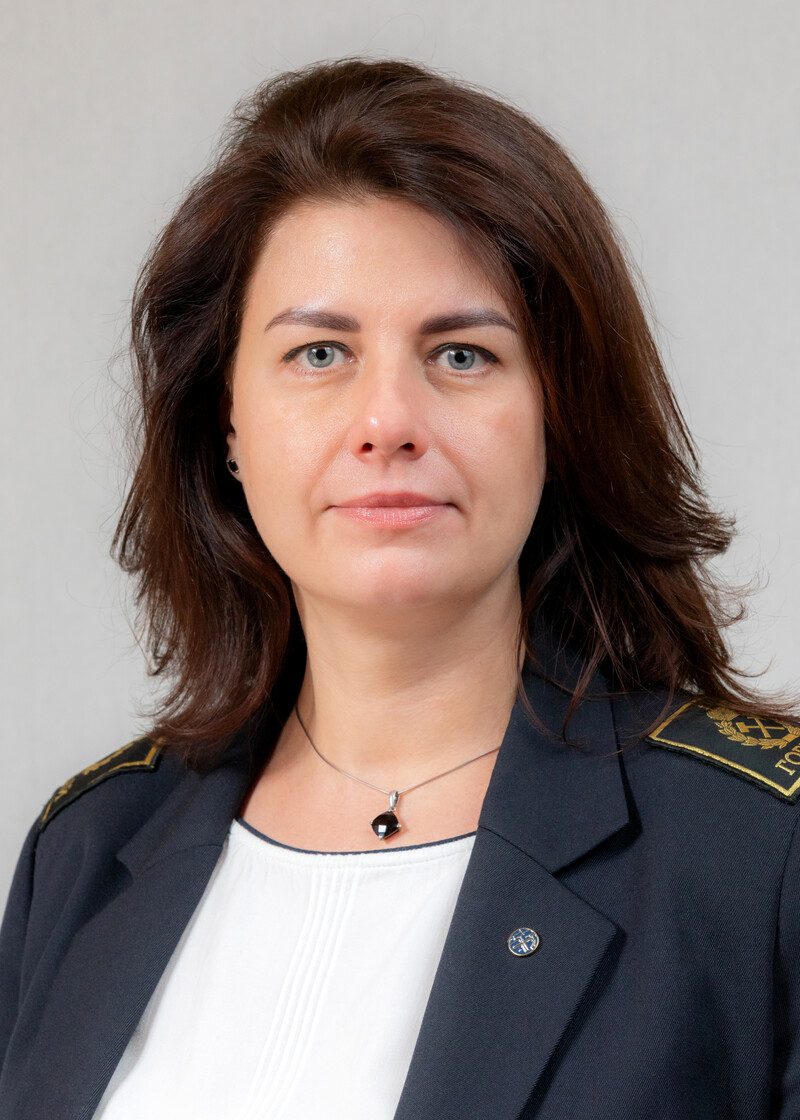
Николайчук Любовь Анатольевна
Заведующая кафедрой прикладных компетенций в области цифровых технологий
к.э.н. / доцент
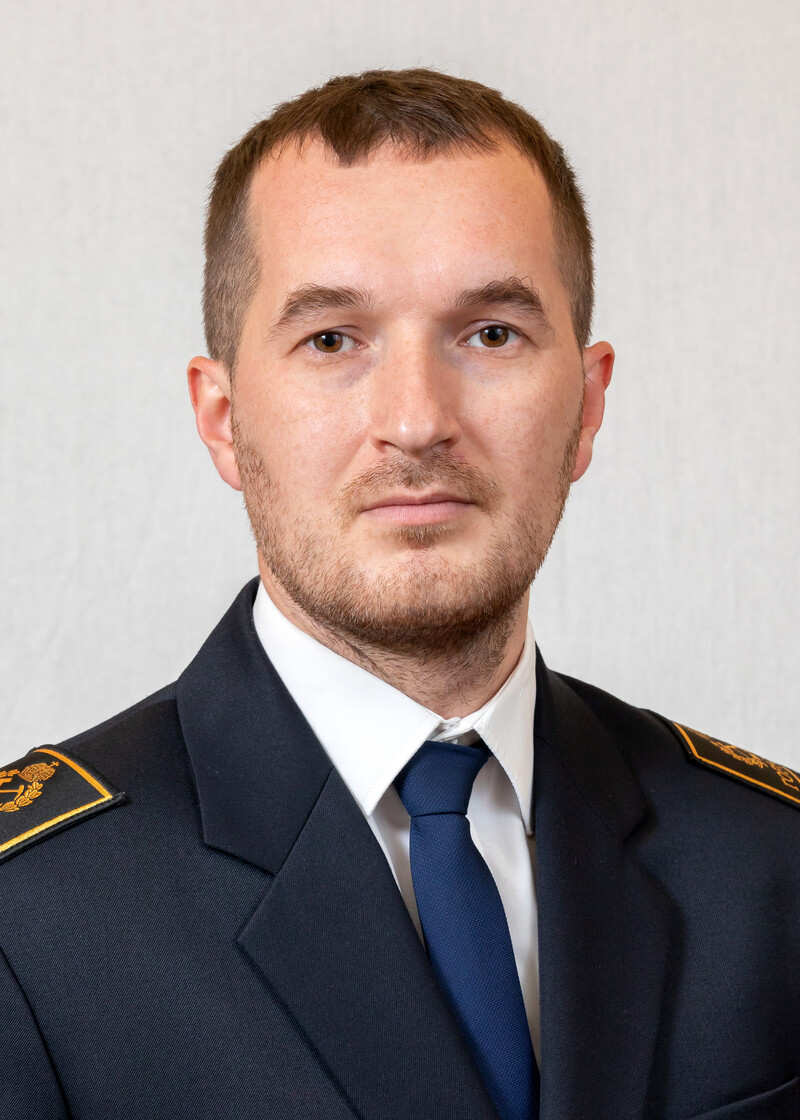
Чупин Станислав Александрович
доцент, руководитель направления компьютерного моделирования
к.т.н.
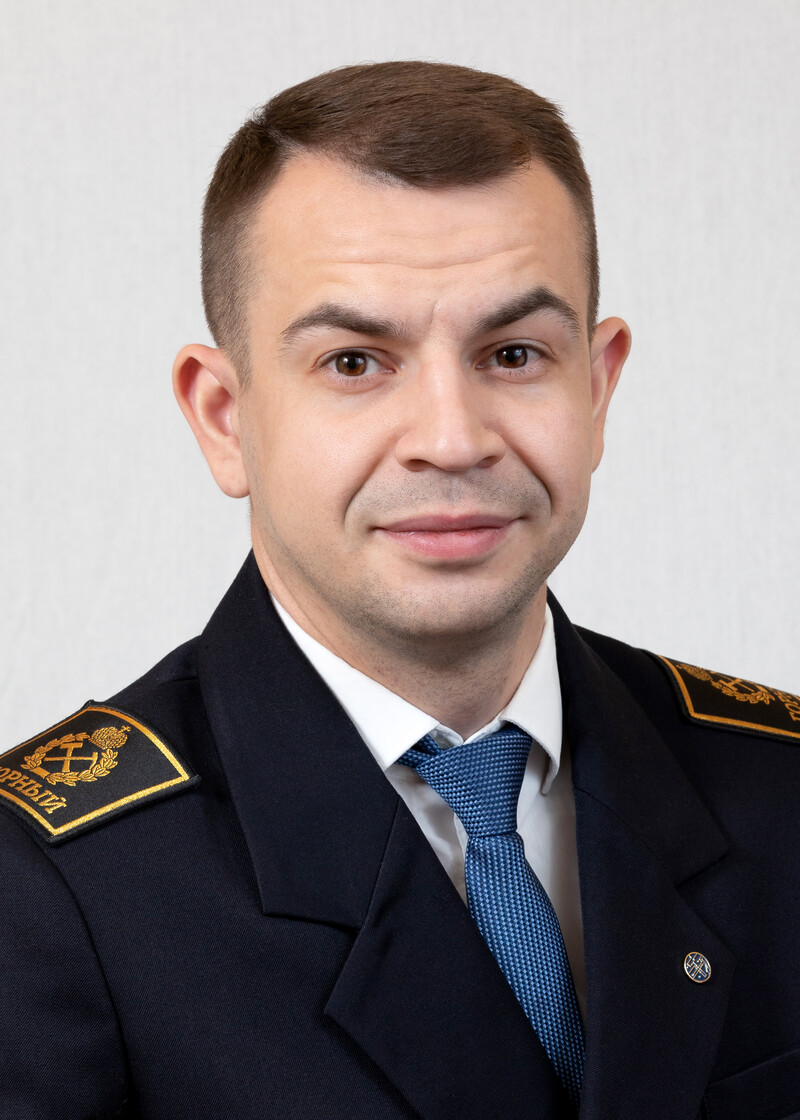
Королёв Николай Александрович
доцент, руководитель направления энергетических и электромеханических систем
к.т.н.
Обратная связь

